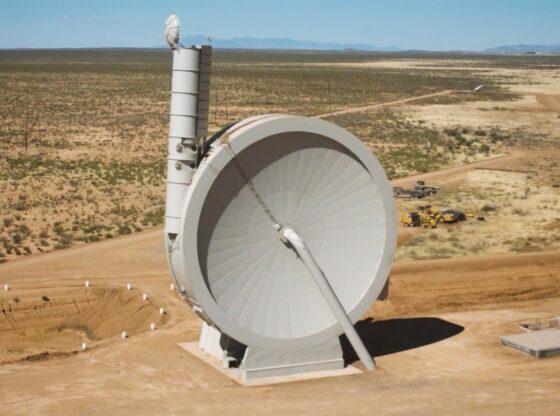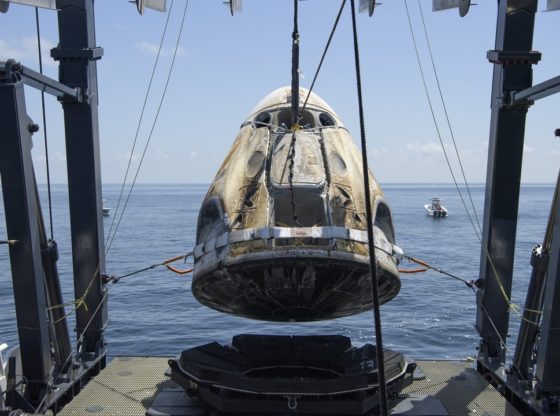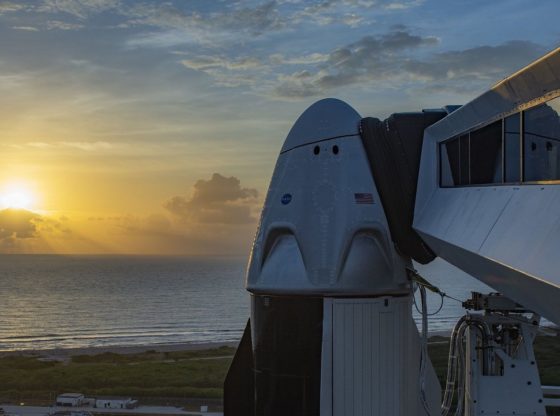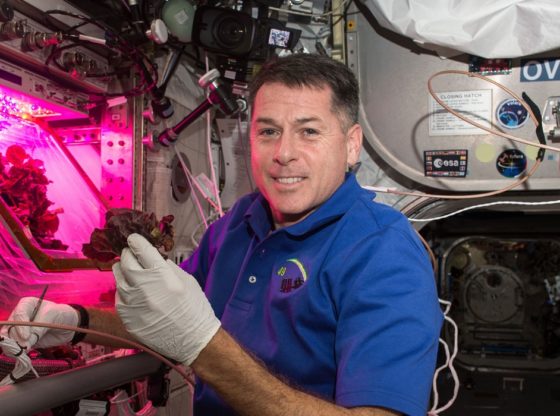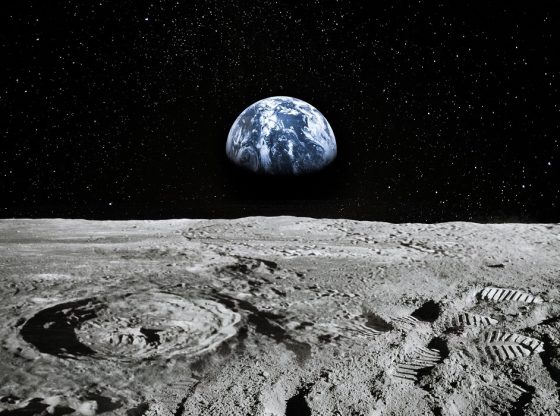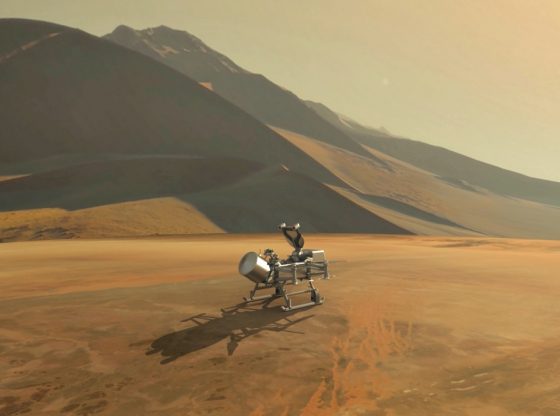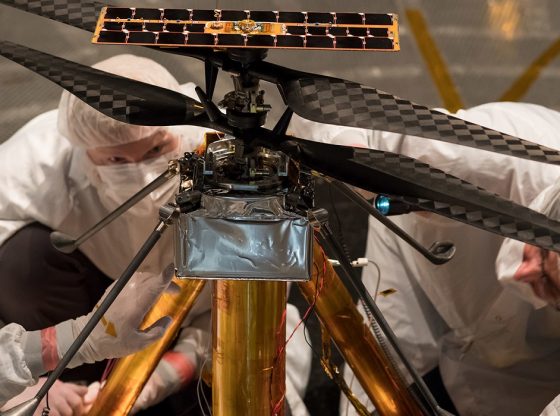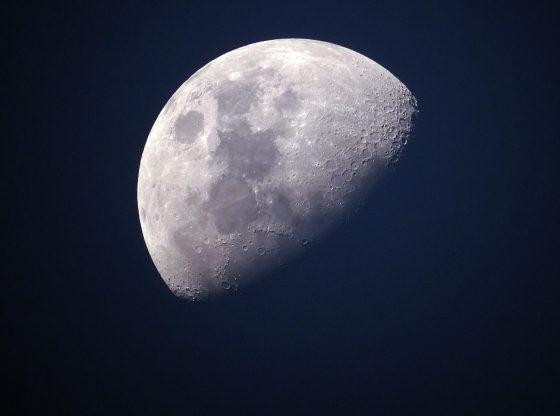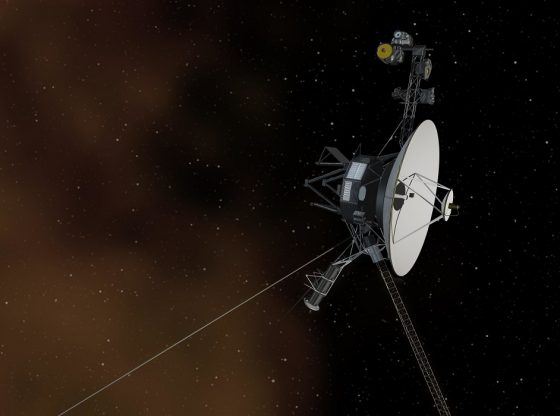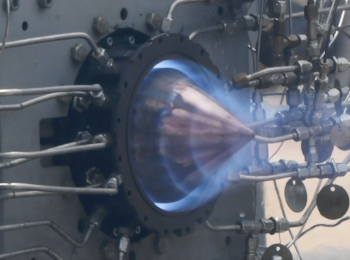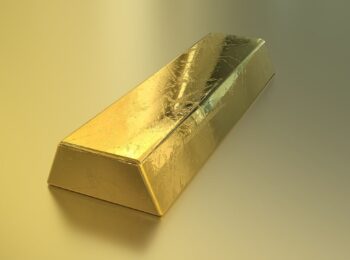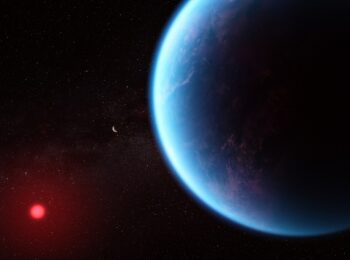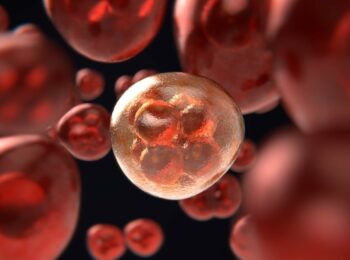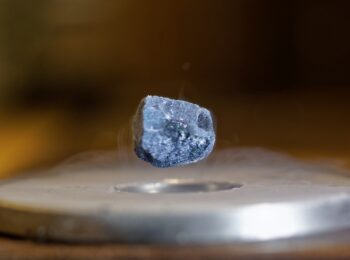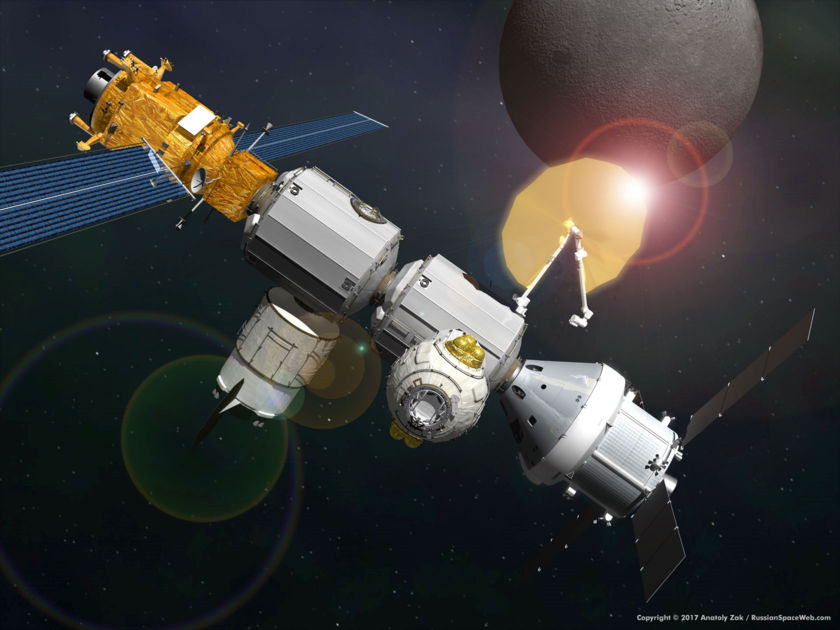
A research team from the United States and Germany has managed to splint water in weightlessness, which gives hope to create artificial photosynthesis on future spacecraft. The study shows that it is possible to produce hydrogen (for fuel) and oxygen (for life) from water alone using a semiconductor material and sunlight (or star light) in zero gravity – making sustained space travel a real possibility.
When mimicking photosynthesis of plants, it is important to be able to split water with solar energy. That is, to the ability to cleave the water molecules (H2O) into hydrogen and oxygen. Since researchers have now been able to achieve water splinting in a weightless state, this offers hope for artificial photosynthesis during longer space travel.
For humans to be able to cope with longer space travel, we will have to control the environment in the spacecraft to the extreme, recycling, and using all the resources available to the optimum level. Water and fuel cannot be replenished but must be recycled.
Therefore, artificial photosynthesis has been an attractive process, as solar and water can be converted into oxygen to breathe and hydrogen to be used for fuel. When the hydrogen is burned, the residual product is water, which facilitates a closed system.
But to do this, the water must be splinted with solar energy, a process that can now be achieved quite simply here on Earth. But the conditions are different in space, so scientists have been trying to achieve the very same principle in weightlessness.
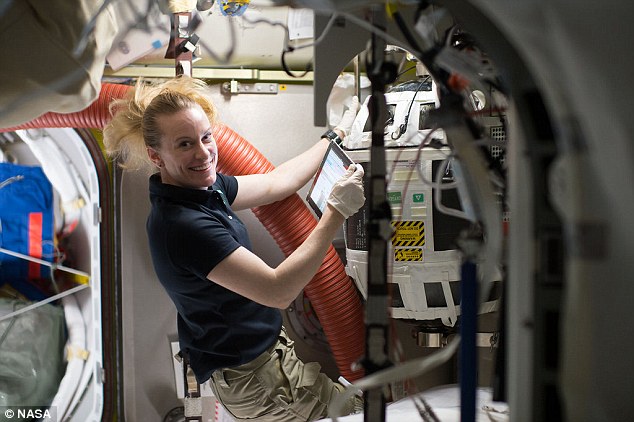
In the experiment, the researchers used a capsule that was about the size of a refrigerator. In the middle of the capsule they inserted a fuel cell and around it, they had camcorders and different computers that measured and controlled the light sources from photosynthesis. Then the capsule is pushed up 120 meters and when it falls down, it’s weightless for a short while (10 seconds to be precise).
It turned out that the solar fuel cell that worked well in the laboratory was not good at the weightless state. So the experiment had to be done a couple of times and some advanced molecular level adjustments were made.
But in the end, it was possible to show that it is indeed possible to split water in weightlessness. Which in the future will probably be necessary for long space trips.
Reference:
Brinkert et al., Efficient solar hydrogen generation in microgravity environment, published in Nature Communications on July 10, 2018, doi: 10.1038 / s41467-018-04844-y


